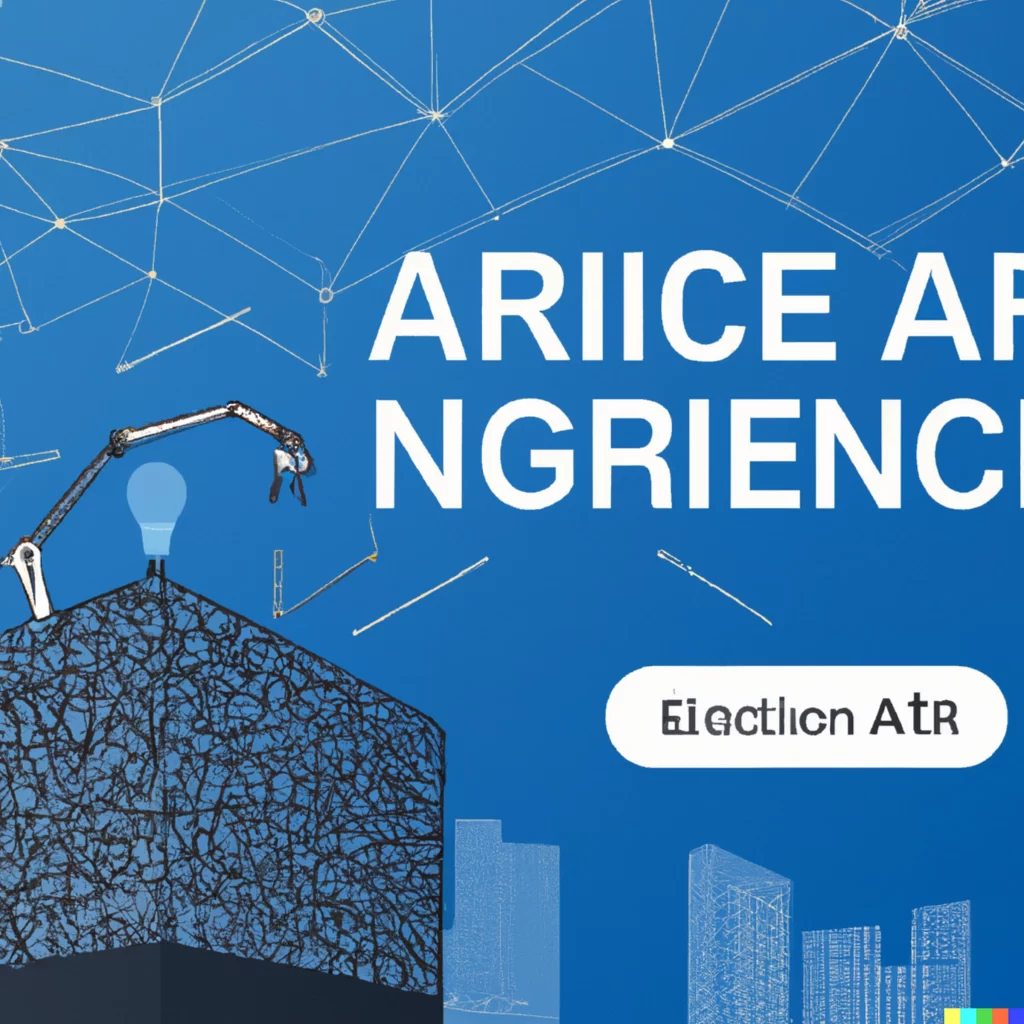The AEC (Architecture, Engineering, and Construction) industry has always been at the forefront of innovation and technology, and AI is no exception. The integration of artificial intelligence in the AEC industry has the potential to transform the entire construction process, making it more efficient, cost-effective, and safe.
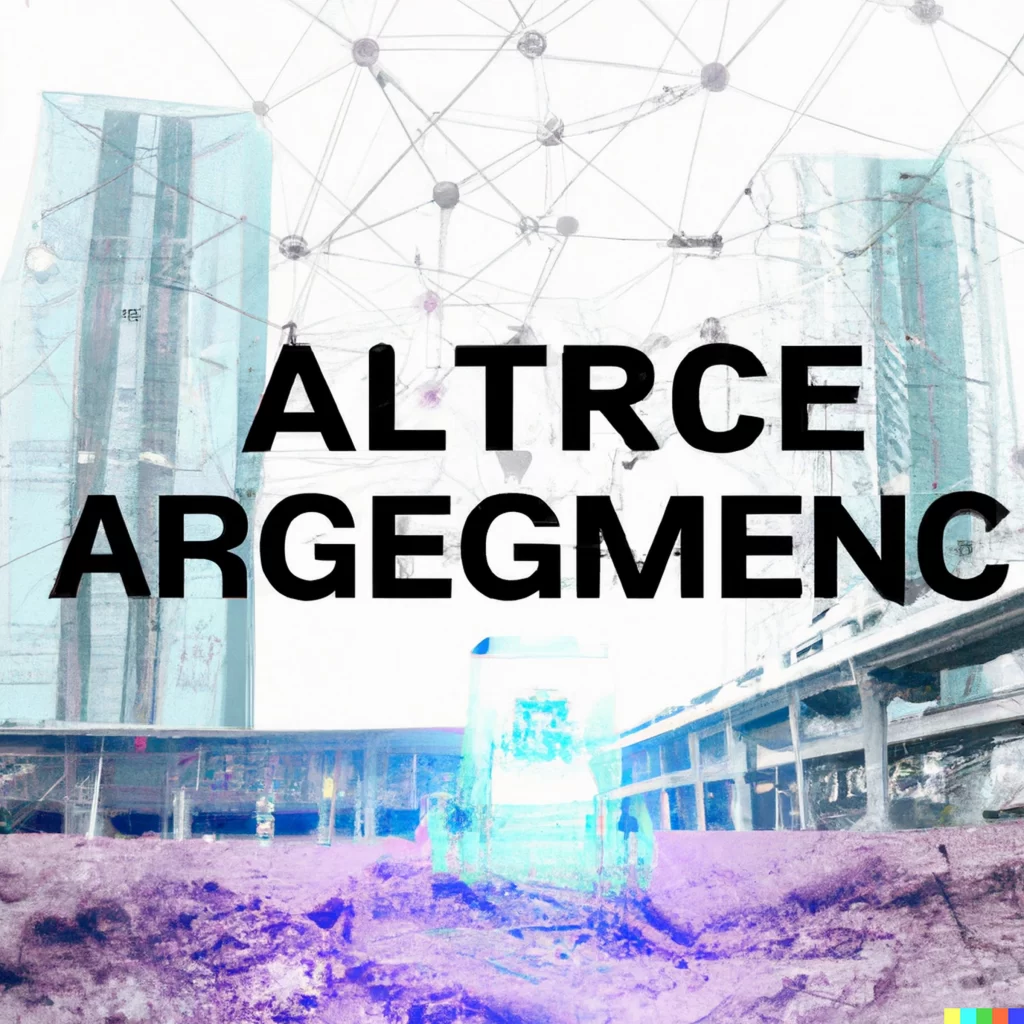
Here are some of the ways AI is helping the AEC industry:
Project management: AI can be used to manage and track the progress of construction projects, helping to identify bottlenecks and delays, and suggesting ways to speed up the process. For example, AI-powered project management software can analyze project data and provide real-time updates on progress, costs, and timelines.
Predictive analysis: AI can be used to predict the outcome of construction projects, helping contractors and project managers to identify potential problems before they occur. For example, AI algorithms can be used to analyze data from past projects, such as weather patterns and material delivery times, to provide accurate projections of project completion times and costs.
Design and visualization: AI can be used to enhance the design and visualization process, making it easier to understand complex designs and to identify potential design flaws. For example, AI algorithms can be used to generate 3D renderings of buildings and other structures, helping architects and engineers to visualize the finished product and make necessary changes before construction begins.
Safety and quality control: AI can be used to improve safety and quality control on construction sites, helping to minimize the risk of accidents and to ensure that projects meet standards and regulations. For example, AI algorithms can be used to analyze data from sensors and cameras on construction sites, detecting potential safety hazards and helping workers to avoid them.
Supply chain optimization: AI can be used to optimize the construction supply chain, reducing waste and ensuring that materials and equipment are delivered to the right place at the right time. For example, AI algorithms can be used to predict demand for materials and to optimize the delivery schedule, reducing waste and minimizing the risk of delays.
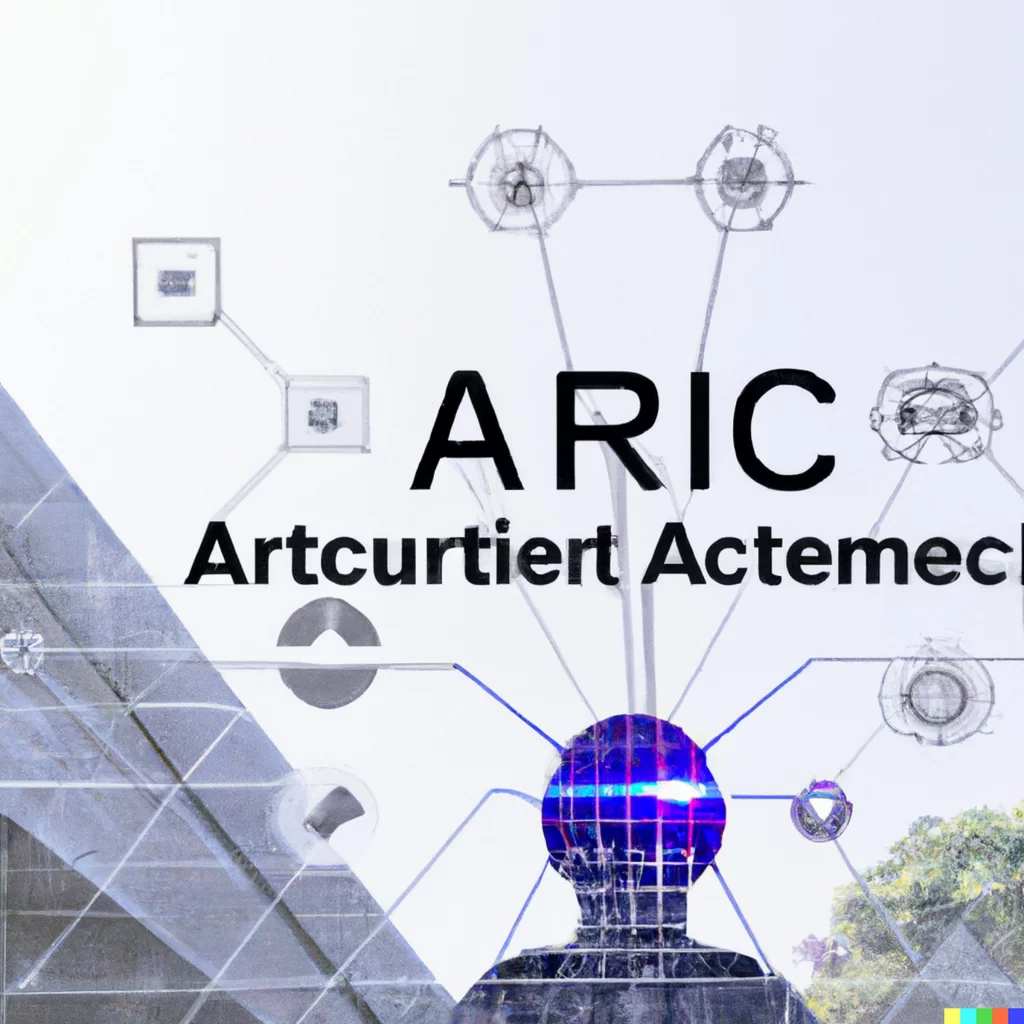
The integration of AI in the AEC industry is still in its early stages, but its potential impact is already clear. By automating many of the manual and time-consuming tasks associated with construction projects, AI can help to speed up the process and make it more efficient, cost-effective, and safe.
One of the key benefits of AI in the AEC industry is its ability to handle large amounts of data, making it easier to identify patterns and trends, and to make more informed decisions. For example, AI algorithms can be used to analyze data from past projects, helping to identify potential problems and to develop strategies for avoiding them in the future.
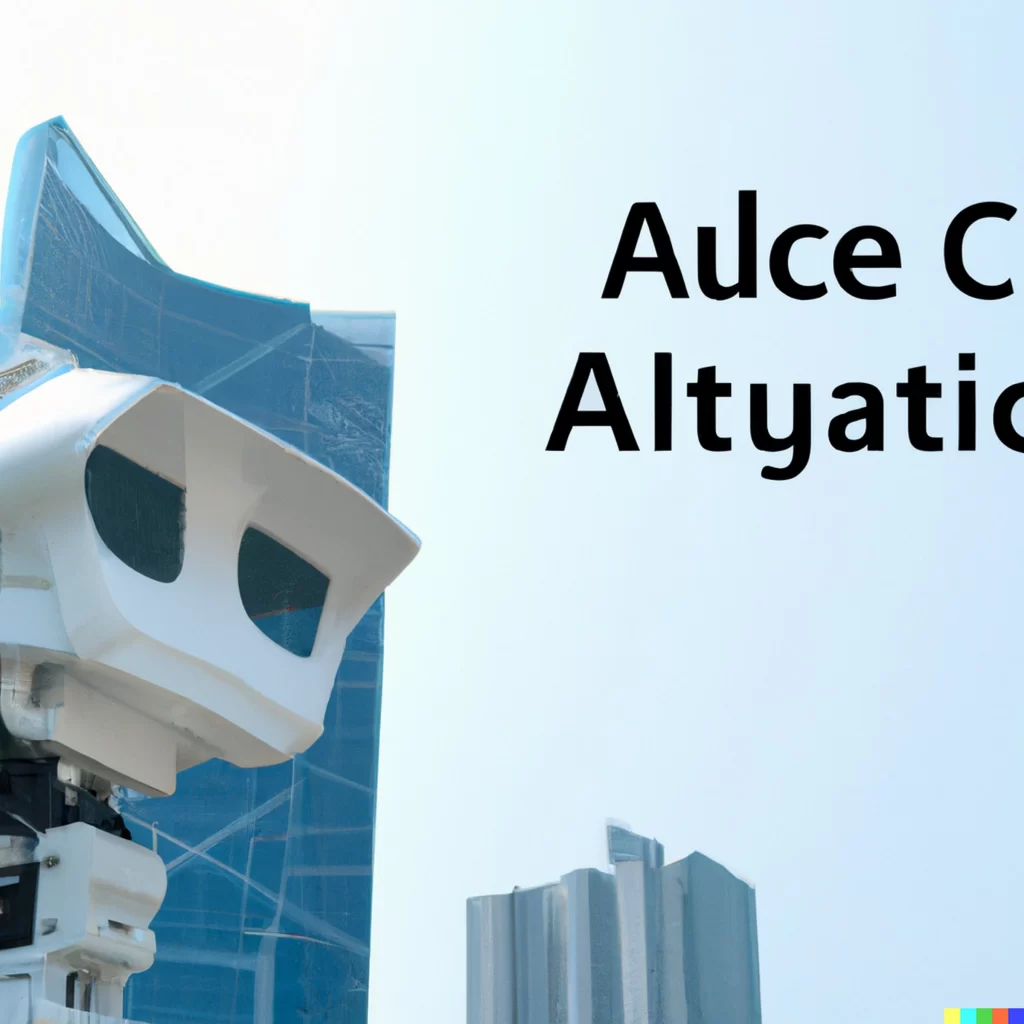
Another benefit of AI in the AEC industry is its ability to enhance collaboration and communication between different stakeholders, making it easier to work together and to achieve common goals. For example, AI-powered project management tools can help project managers to share information and collaborate on projects, regardless of location, improving the speed and accuracy of project completion.
Despite its many benefits, the integration of AI in the AEC industry is not without its challenges. One of the main challenges is ensuring that AI algorithms are accurate and reliable, so that they can be trusted to make important decisions. This requires careful testing and validation of AI algorithms, as well as the development of transparent and auditable processes for decision-making.
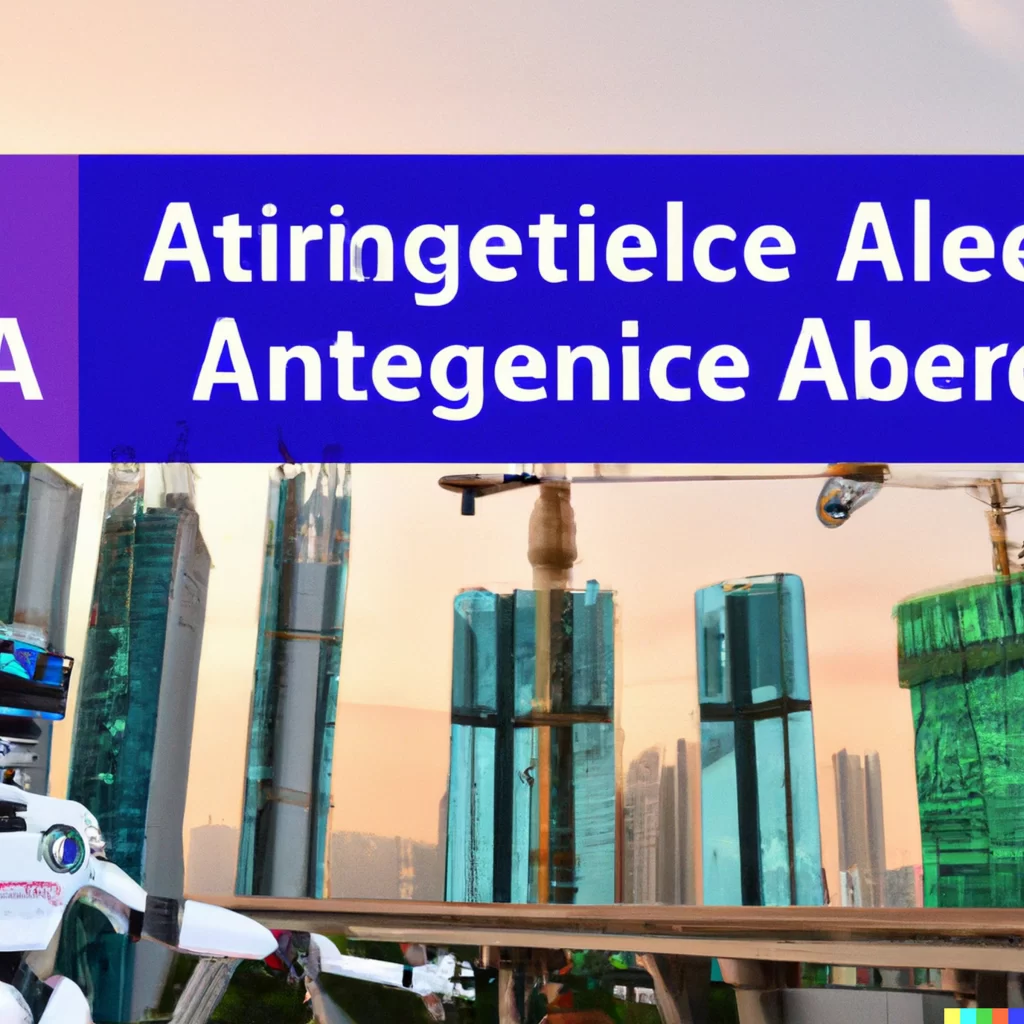
Another challenge of AI in the AEC industry is ensuring that the technology is accessible and affordable for all stakeholders. This requires a concerted effort by technology companies, governments, and industry groups to develop and promote AI technologies that are accessible and affordable for all, regardless of size or financial resources.
Finally, AI has the potential to make construction projects more efficient, cost-effective and safe, but it requires careful testing, affordability and accessible technology to achieve its full potential in the AEC industry.


